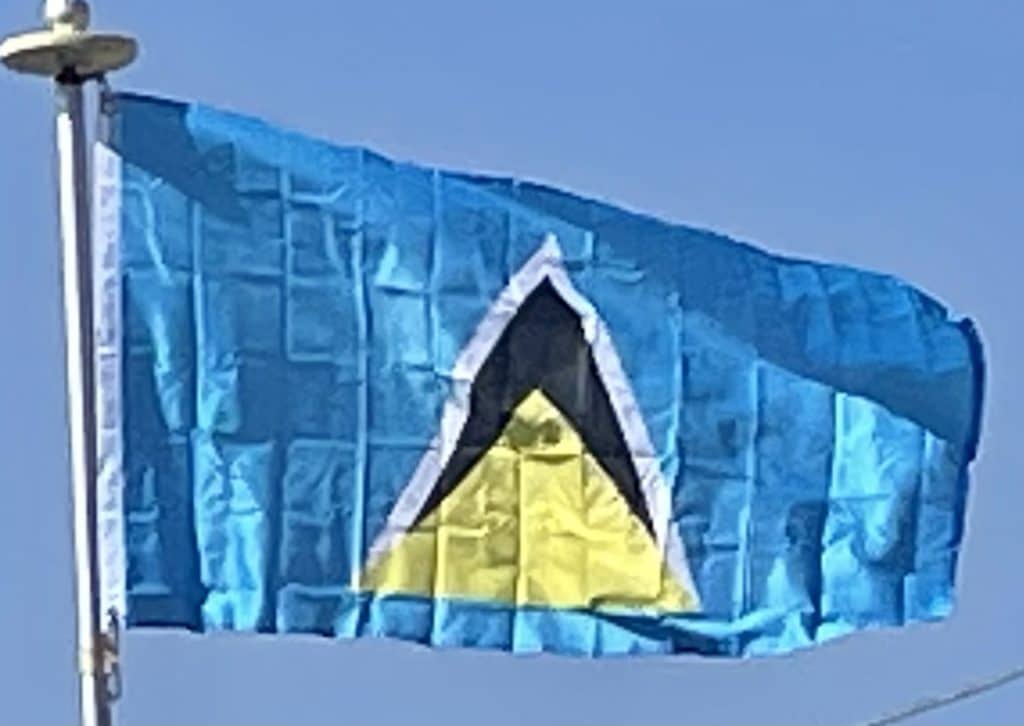Introduction:
Saint Lucia is an island country in the West Indies in the eastern Caribbean Sea on the boundary with the Atlantic Ocean. The island was previously called Iyonola, the name given to the island by the native Arawaks, and later Hewanorra, the name given by the native Caribs, two separate Amerindian peoples. Part of the Lesser Antilles, it is located north/northeast of the island of Saint Vincent, northwest of Barbados and south of Martinique. It covers a land area of 617 km2 (238 square miles) and reported a population of 165,595 in the 2010 census. Soufrière was colonized by the French and was the original capital of the island. Its capital is Castries.
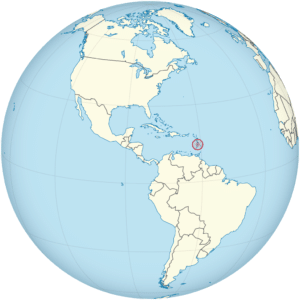
The French were the first Europeans to settle on the island. They signed a treaty with the native Island Caribs in 1660. England took control of the island from 1663 to 1667. In ensuing years, it was at war with France fourteen times, and the rule of the island changed frequently (it was ruled seven times each by the French and British). In 1814, the British took definitive control of the island. Because it switched so often between British and French control, Saint Lucia was also known as the “Helen of the West” after the Greek mythological character, Helen of Troy.
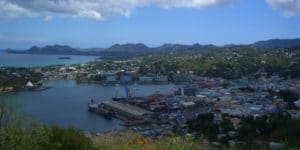
Representative government came about in 1840 (universal suffrage was established in 1953). From 1958 to 1962, the island was a member of the West Indies Federation. On 22 February 1979, Saint Lucia became an independent state and a member of the Commonwealth of Nations.
History:
Pre-Colonial Period:
The first proven inhabitants were the Arawaks, though there may have been other native peoples prior to this. The Arawak are believed to have come from northern South America sometime around AD 200–400, as there are numerous archaeological sites on the island where specimens of their well-developed pottery have been found.
The more aggressive Caribs arrived around AD 800, and seized control from the Arawaks by killing their men and assimilating the women into their own society. They called the island Hewanarau, and later Hewanorra (Ioüanalao, or “there where iguanas are found”).
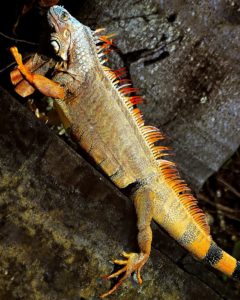
Early European Period:
Christopher Columbus may have sighted the island during his fourth voyage in 1502, since he made landfall on Martinique, yet he does not mention the island in his log. Juan de la Cosa noted the island on his map of 1500, calling it El Falcon, and another island to the south Las Agujas. A Spanish cédula from 1511 mentions the island within the Spanish domain, and a globe in the Vatican made in 1520, shows the island as Sancta Lucia.
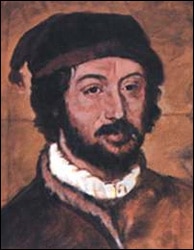
In the late 1550s, the French pirate François le Clerc (known as Jambe de Bois, due to his wooden leg) set up a camp on Pigeon Island, from where he attacked passing Spanish ships. In 1605, an English vessel called the Oliphe Blossome was blown off-course on its way to Guyana, and the 67 colonists started a settlement on Saint Lucia, after initially being welcomed by the Carib chief Anthonie. By 26 September 1605 only 19 survived following continued attacks by the Carib chief Augraumart, so the settlers fled the island.
French Colony:
In 1664, Thomas Warner (son of Sir Thomas Warner, the governor of St Kitts) claimed Saint Lucia for England. He brought 1,000 men to defend it from the French, but after only two years, only 89 survived with the rest dying mostly due to disease. In 1666, the French West India Company resumed control of the island, which in 1674 was made an official French crown colony as a dependency of Martinique.
18th and 19th Centuries:
Both the British and the French found the island attractive after the slave-based sugar industry developed, and during the 18th century the island changed ownership or was declared neutral territory a dozen times, although the French settlements remained and the island was a de facto French colony well into the eighteenth century.
